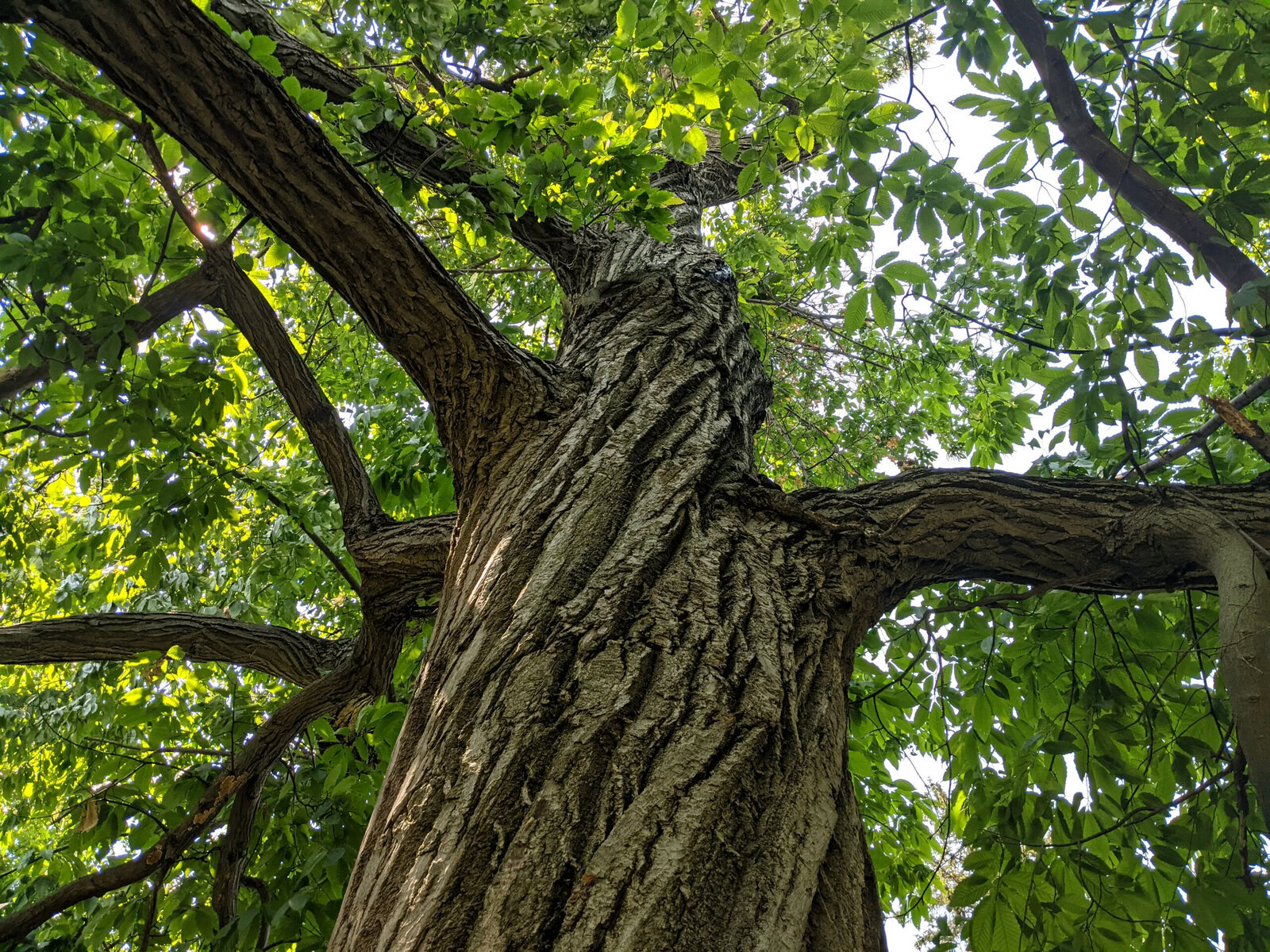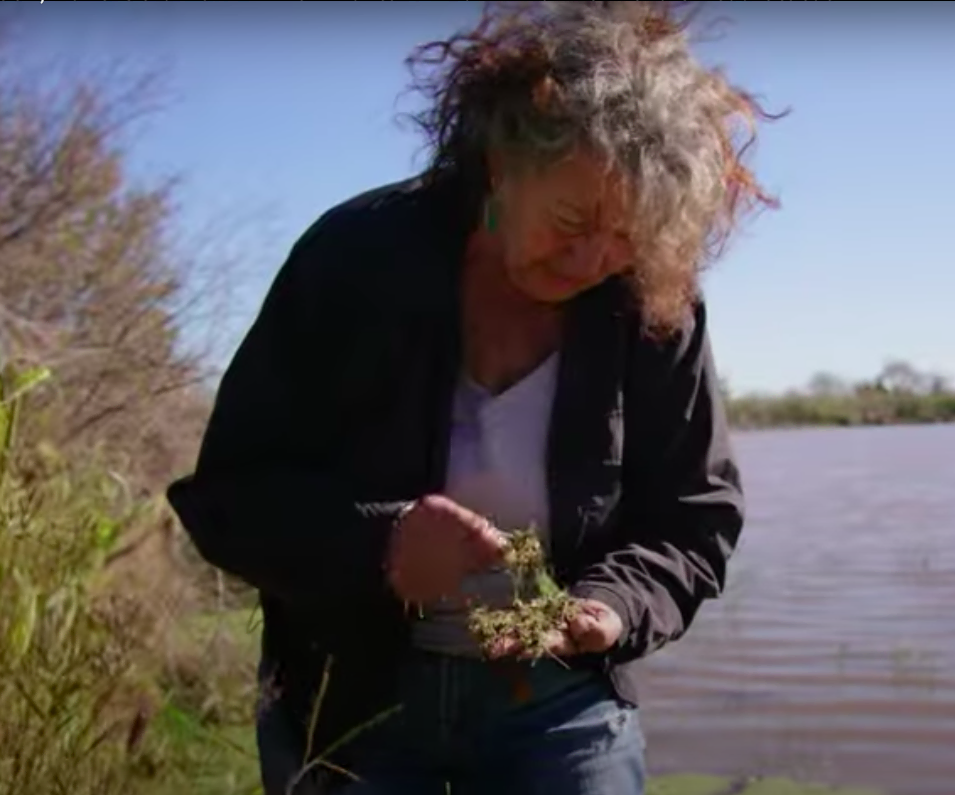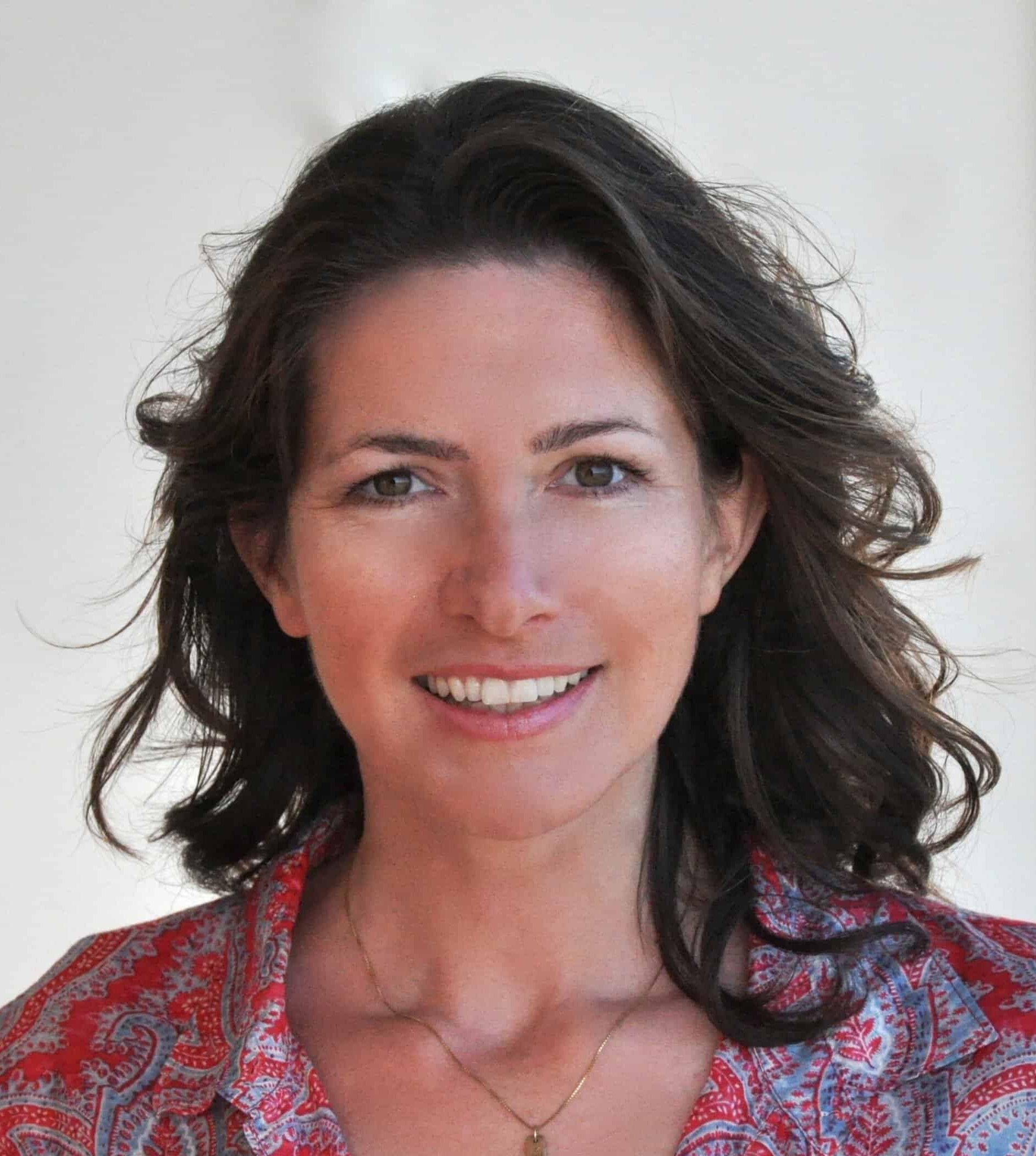First, the shrimp disappeared. In late 1980s, the catch became so poor that Diane Wilson, a fourth-generation shrimper, had to take a job running a fish house in Seadrift in Calhoun County, Texas, where she grew up and still lives. Then beached, diseased 300-pound dolphins started appearing, and dead pelicans kept floating to the shores of Lavaca Bay.
It was only when a fellow shrimper with three different kinds of cancer showed her a news clip from the Associated Press in 1989 that Wilson connected the dots. Calhoun County was the number-one county in the nation for toxic waste disposal, the news story read. Aluminum smelter Alcoa had contaminated Lavaca Bay and other nearby waters with mercury, creating one of the largest Superfund sites in the US.
Wilson was incredulous. “We had the distinct honor of containing half the hazardous waste Texas generated,” she learned. Nobody had ever mentioned that. “I was so surprised that I called a town meeting,” Wilson says with her heavy Texan accent. “Everybody went crazy and tried to talk me out of organizing a meeting.” How dare she, a shrimper woman, question the biggest employers in the county?
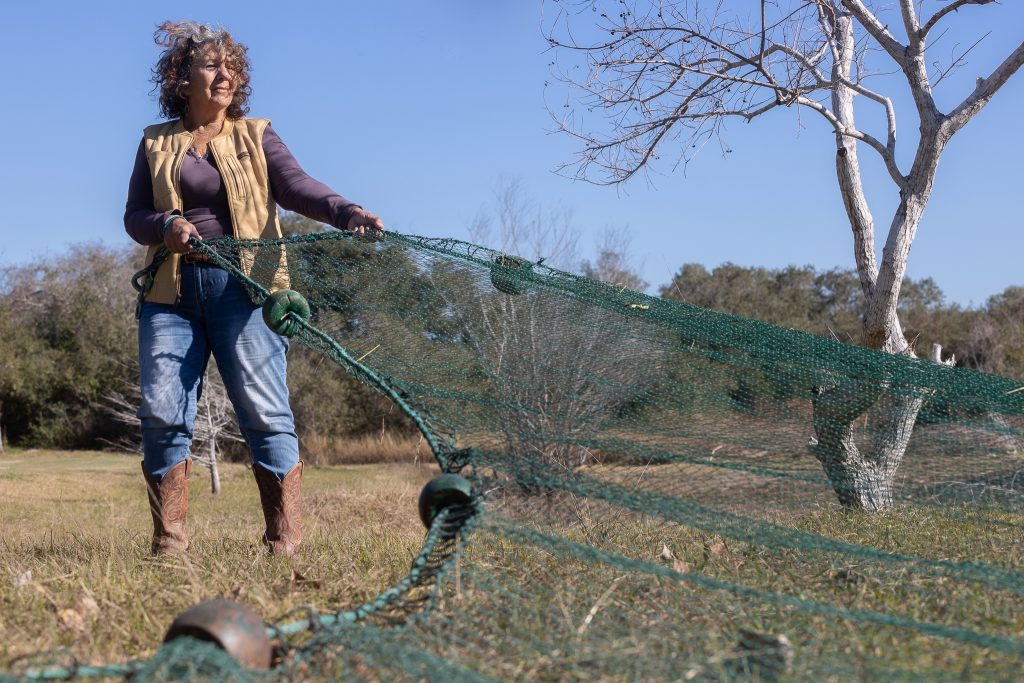
This was the day her “life turned 180 degrees from reclusive fisherwoman with five kids to controversial hell-raiser,” as Wilson puts it, and the beginning of a fight against some of the nation’s largest petrochemical polluters that has lasted to this day. Wilson, now 74 years old, is the founder of Calhoun County Resource Watch and the executive director of San Antonio Bay Estuarine Waterkeeper, both small nonprofits and all-volunteer. Eight petrochemical plants operate in the region she calls home. Close to the largest concentration in the country, these plants make up 42 percent of the petrochemical capacity in the US. Locals call this area the “cancer belt.”
Nearly every day, you can find Wilson out in her pickup truck or in her kayak, looking for evidence of plastic and chemical pollution. “The bay is my home,” she says. “I’ve been shrimping since I was eight years old. Ever since I was a little girl, I remember the smell of the sea and the shrimp, getting on the boat in the early morning, seeing the pelicans gliding over the pink water in the sunrise. You never forget that. If I gave up on the bay, I’d give up on the best part of myself.”
Weighed down by negative news?
Our smart, bright, weekly newsletter is the uplift you’ve been looking for.Famed environmental activist Erin Brockovich calls Wilson the “real Erin Brockovich” because in December 2019, a federal judge awarded Wilson and her coalition a historic $50 million dollar settlement — the largest win of an individual citizen against an industrial polluter ever in the history of the Clean Water Act. Wilson achieved this by doggedly collecting evidence of plastic and toxic waste pollution, storing it in her house and schlepping over 2,400 samples in ziplock bags, containing an estimated 26 million plastic pellets, to the courthouse on the first day of the trial.
She was also just honored with the 2023 Goldman Environmental Prize at the Kennedy Center this summer, because her decades-long fight is an exemplary story of grit and determination, as well as a paradigm for how one individual could rally a community against all odds. Wilson calls it “Diane versus Goliath.”
In 1994, Wilson won her first agreement against Formosa Plastics, a Taiwanese chemical company, which produces PVC (polyvinyl chloride) and other plastic components in Calhoun County. Her win included a “zero discharge agreement.” The story could and should have ended right here, but the agreement didn’t come with the power to enforce it. Fish kept dying. Fishermen kept getting cancer.
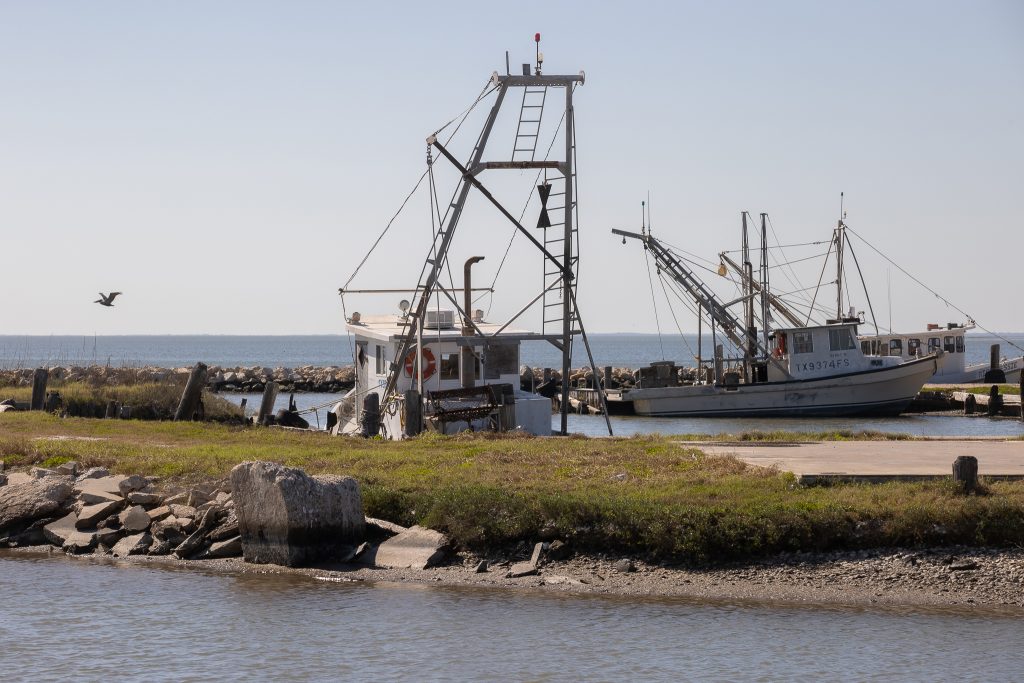
“It was almost like they used that agreement as an advertisement: ‘See? We’re zero emissions,’” Wilson says. “But in reality, they kept polluting. I have pictures of workers covered in PVC dust, which causes brain and liver cancer. I kept going to the EPA [Environmental Protection Agency], OSHA [Occupational Safety and Health Administration], and the Texas Commission on Environmental Quality (TCEQ) and others, and nobody was doing anything about it.”
The mother of five, whose formal education peaked with a high school degree, became fluent in legalese, adept at convening with marine biologists and combing through scientific data. People kept calling her crazy. “Shrimpers don’t like women in leadership roles anyway,” she says from her home, a converted barn with strings of colorful purple and green lights. “Formosa employs nearly 2,000 people and pays well. People kept telling me I was wasting my time; nobody would take me seriously.”
But she slowly won the locals’ respect with her persistence. “Your actions do make a difference,” she insists. “Someone will see it and believe that you stood up for them.”
In the 2000s, she learned of another threat: plastic “nurdles” the size of small marbles or sand grains. Formosa produces up to one trillion nurdles per day as basic components of plastic that could later be made into plastic straws, containers or chairs. A whistleblower alleged Formosa manipulated clean water records and showed Wilson proof that the company was leaking plastic pellets into the environment. “They lost up to 160,000 pounds of plastic pellets in one day through one outfall!” Wilson learned. “In the creek, it looked like it had hailed plastic!” Fish and birds could mistake the milky white pellets for food, leading to illness and starvation.
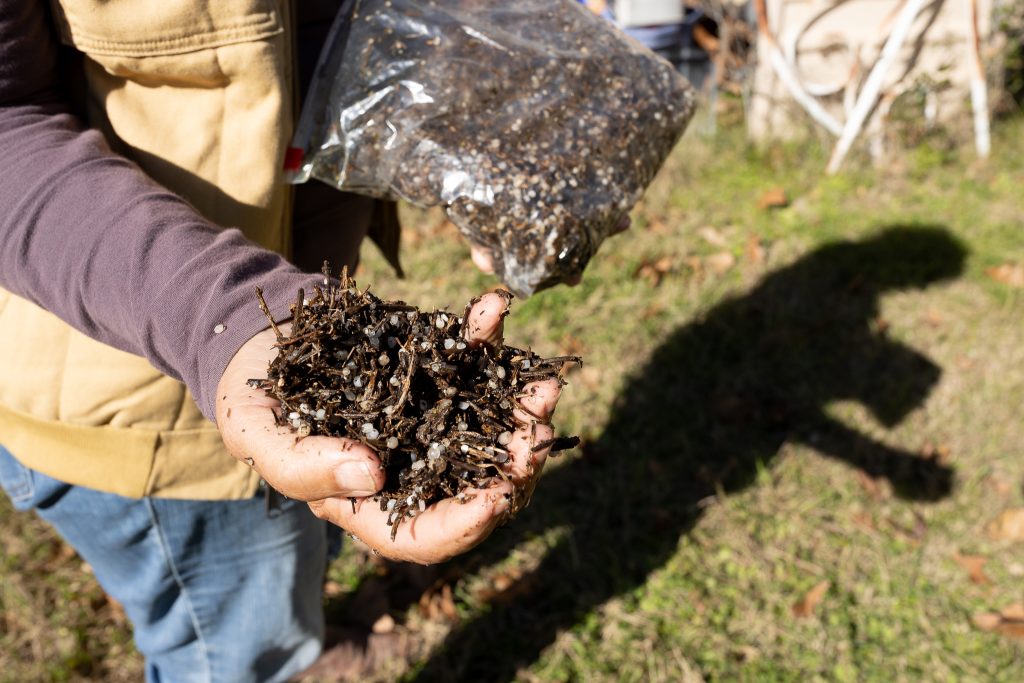
“Nurdles are made with harmful chemicals, such as PFAS,” the UK-based environmental nonprofit Fidra states. “Nurdles are known to attract and concentrate chemical contaminants.” As microplastics, they take multiple decades to break down, polluting the waters and shores for future generations. According to the Guardian, “Nurdles are the second-largest source of micropollutants in the ocean, by weight, after tyre dust. An astounding 230,000 tonnes of nurdles end up in oceans every year.”
Over the following years, Wilson and her small team took daily environmental samples on foot and by kayak, collecting more than 40 million plastic pellets and taking over 7,000 photos and videos. “There were pellets everywhere,” Wilson says, some floating on top of the water, many ingrained in the roots of plants and several inches deep in the soil. In the beginning, when she asked company representatives about how many pellets they were losing, “They looked me straight in the eye and said, ‘Zero,’” she remembers, shaking her gray curls in disbelief. She says TCEQ stopped accepting her violation complaints.
Wilson alleges shots from a helicopter were fired at her house, killing her dog, and that her boat was sabotaged to the point she nearly drowned when she went out shrimping by herself one evening in the early 1990s. “This was the only time I was really afraid,” she admits, as she recalls diving under the boat to repair the leak. “The boat was taking on water above me and I thought the boat might just sink on top of me.”
And yet, she says she never thought of quitting, because the bay means home to her: “I’m tied to the water.” Her Cherokee grandfather taught her not only to shrimp but also that we humans are inherently connected with the water and all the life in it. Carolyn Scott, the founder of the climate change network Cool Planet Labs, calls Wilson “a force of nature” and “a living legend.”
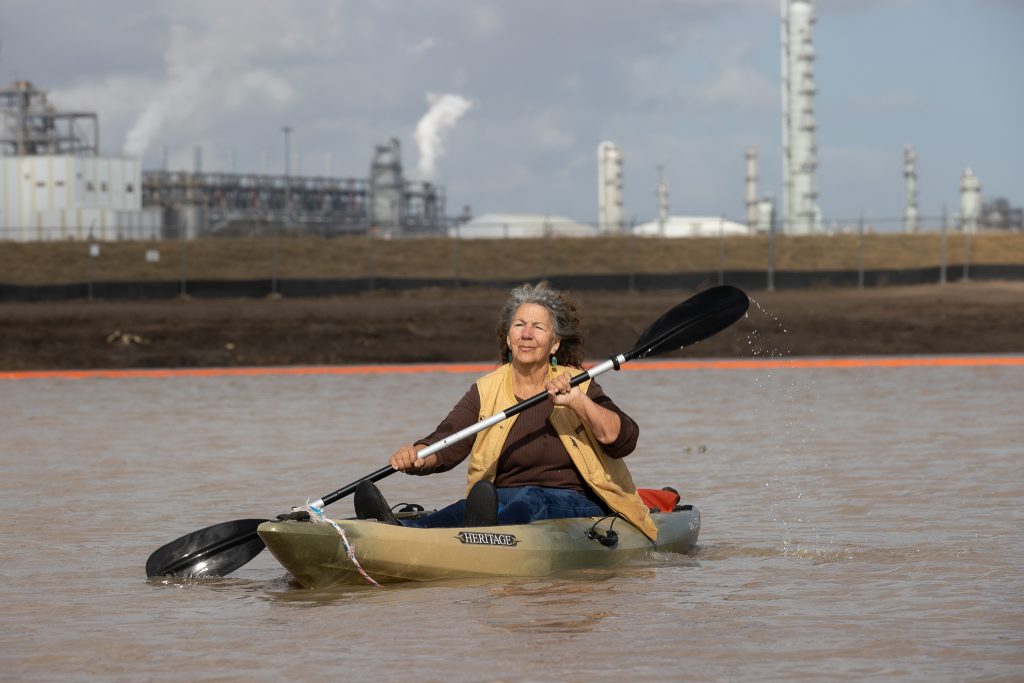
Initially, Wilson seemed to find more allies internationally than in her small town of 1,390 inhabitants, but slowly, the wind shifted. An explosion in 2005 at the Formosa Plant injured 11 workers. Whistleblowers kept sliding her documents showing safety and environmental violations, including historical leaks of up to 200,000 pounds of vinyl chloride monomer in one day.
Wilson learned that risking her own health with hunger strikes garnered attention. “Putting your life at risk, that is where change happens,” she says. Thirteen hunger strikes later, some lasting more than 30 days, the local shrimper has become internationally known as an activist. At the invitation of international environmental groups, she has traveled to Bhopal and Syria, to Iran and to congressional hearings in Washington, D.C.
In 2002, she was sentenced to 180 days in prison after she climbed a tower at the Dow plant near Seadrift and dropped a yellow banner declaring, “Dow — Responsible for Bhopal.” Dow had bought the chemical company Union Carbide, which operated the pesticide plant in Bhopal, India, where a catastrophe in 1984 killed over 15,000 people and injured more than 200,000 residents.
Her stint in the overcrowded, cold jail led her to co-found the Texas Jail Project, a nonprofit that monitors 254 county jails and helps inmates learn and implement their rights.
With the help of the Texas Rio Grande Legal Aid, Wilson sued Formosa in federal court in 2017 for violating the US Clean Water Act. After a weeklong trial in December 2019, the judge ruled Formosa a serial offender with “enormous” violations of the Clean Water Act.

Crucially, this time the agreement included the power to enforce it: Among other things, a scientist installed a wastewater sampling device at the Formosa plant in June 2021 that regularly checks for pollution. “So far, we have found close to 500 violations,” Wilson says, forcing Formosa to put additional dollars into the trust that funds cleanup and research. “The penalty started at $25,000 per day and will go up to $65,000 per day next year,” she says.
In addition to the settlement, Formosa has spent approximately $40 million removing entrenched pellets from Cox Creek where the company’s storm water outfalls discharge, and to rehabilitate damaged wetlands. (Formosa did not respond to a request for comment for this story.)
What matters even more to Wilson is that $20 million of the settlement is invested into the cooperative of local fishermen, whose business has all but collapsed. The shrimp houses have long been bulldozed, and where once 100 boats shipped out in the mornings, it might now be three or four. “The fishermen are my people,” says Wilson. She says she has not taken a penny from the settlement for herself, “because the workers believe everyone gets bought off. They need to see my integrity to trust me.”
There are more new dangers near her hometown that keep her from retiring: “Formosa wants to expand, and Union Carbide is putting in four modular nuclear reactors,” she says. “People have lost hope that you can change things. I believe the best thing is to show them things change.”
The upcoming hunger strike this October in front of the Formosa plant might be her last one.
Or not. There is still so much to do.







